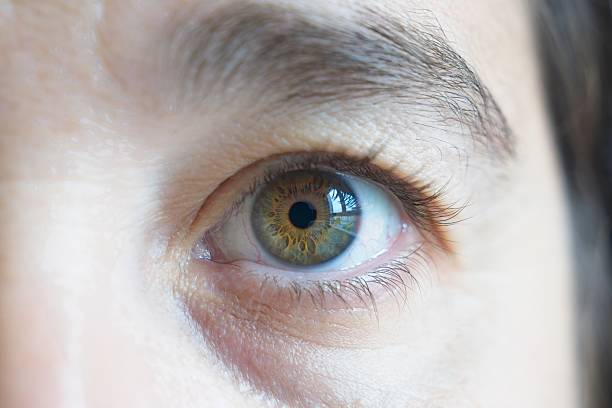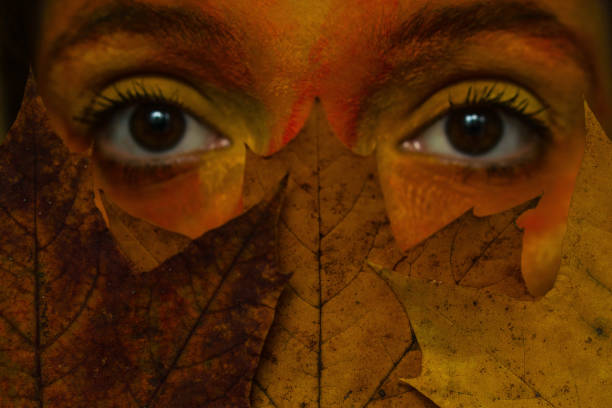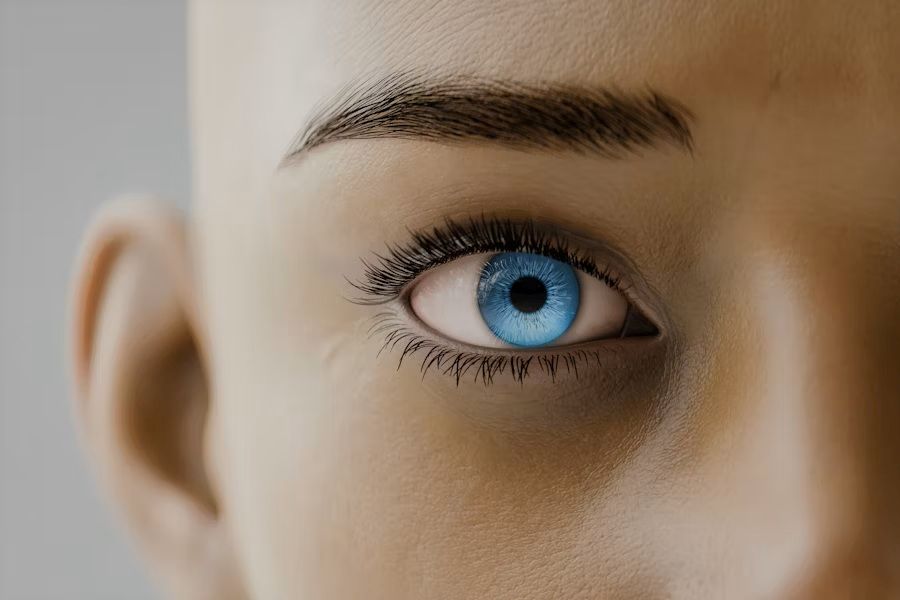Your Cart is Empty
Can I Do Iris Photography While Wearing Medicated Contact Lenses?

Iris photography has become increasingly popular, allowing people to capture the intricate beauty of their eyes. However, many individuals who wear medicated contact lenses wonder if they can participate in this trend. In this comprehensive guide, we'll explore the possibilities, challenges, and alternatives for iris photography with contact lenses.
Understanding Iris Photography
Before diving into the specifics of contact lenses and iris photography, let's briefly review what iris photography entails.
What is Iris Photography?
Iris photography is the art of capturing high-resolution, detailed images of the human iris. These photos showcase the unique patterns, colors, and textures of the eye, often resulting in stunning visual art or being used for biometric purposes.
The Importance of Clear Images
For iris photography to be successful, the resulting images need to be sharp, clear, and free from distortions. This is where the question of contact lenses becomes crucial.
Contact Lenses and Iris Photography: The Challenges
Wearing medicated contact lenses can present several challenges when attempting iris photography.
Visual Distortions
Contact lenses, especially those with corrective properties, can alter the appearance of the iris. This may result in:
- Changes in perceived iris color
- Distortion of iris patterns
- Reflection or glare from the lens surface
Focus Issues
The presence of a contact lens can make it difficult for cameras to focus accurately on the iris itself. This is particularly true for smartphone cameras, which many people use for iris photography.
Reduced Detail
Medicated contact lenses may obscure some of the fine details of the iris, potentially reducing the quality and impact of the photograph.
Is Iris Photography Possible with Contact Lenses?
Despite these challenges, iris photography while wearing medicated contact lenses is not impossible. However, it requires careful consideration and some adjustments to your technique.
Factors That Influence Success
Several factors can affect your ability to capture good iris photos while wearing contacts:
1. Type of contact lens (soft vs. rigid)
2. Lens material and coating
3. Prescription strength
4. Camera quality and settings
5. Lighting conditions
Tips for Better Results
If you decide to attempt iris photography with your contacts in, try these tips:
1. Use a high-quality camera with manual focus capabilities
2. Experiment with different lighting setups to minimize glare
3. Take multiple shots from slightly different angles
4. Consider using a macro lens for more detailed close-ups
5. Adjust your camera's white balance to compensate for any color shifts
Alternatives to Wearing Contacts During Iris Photography
For the best results, consider these alternatives to wearing your medicated contact lenses during a photo session.
Temporary Lens Removal
If possible, removing your contact lenses just for the duration of the photo shoot can dramatically improve your results. This allows for:
- Clearer visibility of iris details
- Reduced risk of glare or reflections
- More accurate color representation
Remember to have a clean, safe place to store your lenses during the photo session.
Using Glasses Instead
If you're not comfortable removing your lenses, consider wearing your glasses instead. While glasses can create their own challenges (like reflections), they may interfere less with the visibility of your iris than contact lenses.
Scheduling Around Lens Wear
If you don't wear your contact lenses full-time, try to schedule your iris photography session during a period when you're not wearing them.
The Impact of Different Types of Contact Lenses
Not all contact lenses are created equal when it comes to iris photography. Let's explore how different types may affect your results.
Soft Contact Lenses
Soft lenses are the most common type and generally cause the least distortion. However, they can still affect the appearance of your iris, especially if they're tinted.
Rigid Gas Permeable (RGP) Lenses
RGP lenses may cause more noticeable distortions due to their rigid nature and the way they sit on the eye.
Colored or Tinted Lenses
Avoid using colored or tinted contact lenses for iris photography, as they significantly alter the natural appearance of your iris.
Conclusion: Balancing Beauty and Practicality
While wearing medicated contact lenses can complicate iris photography, it doesn't make it impossible. By understanding the challenges and exploring various solutions, you can still capture the unique beauty of your eyes.Remember, the goal of iris photography is to showcase the natural beauty and uniqueness of your eyes. Whether you choose to wear your contacts, remove them, or find an alternative solution, the most important thing is to create images that you find meaningful and visually appealing.
With patience, practice, and the right approach, you can overcome the challenges posed by contact lenses and create stunning iris photographs that truly capture the windows to your soul.
1 Response
Leave a comment
Comments will be approved before showing up.





Jorge Enrique Ramos Gonzalez
August 15, 2025
Quiero la aplicación para ver lo que veo y sobre todo una explicación detallada